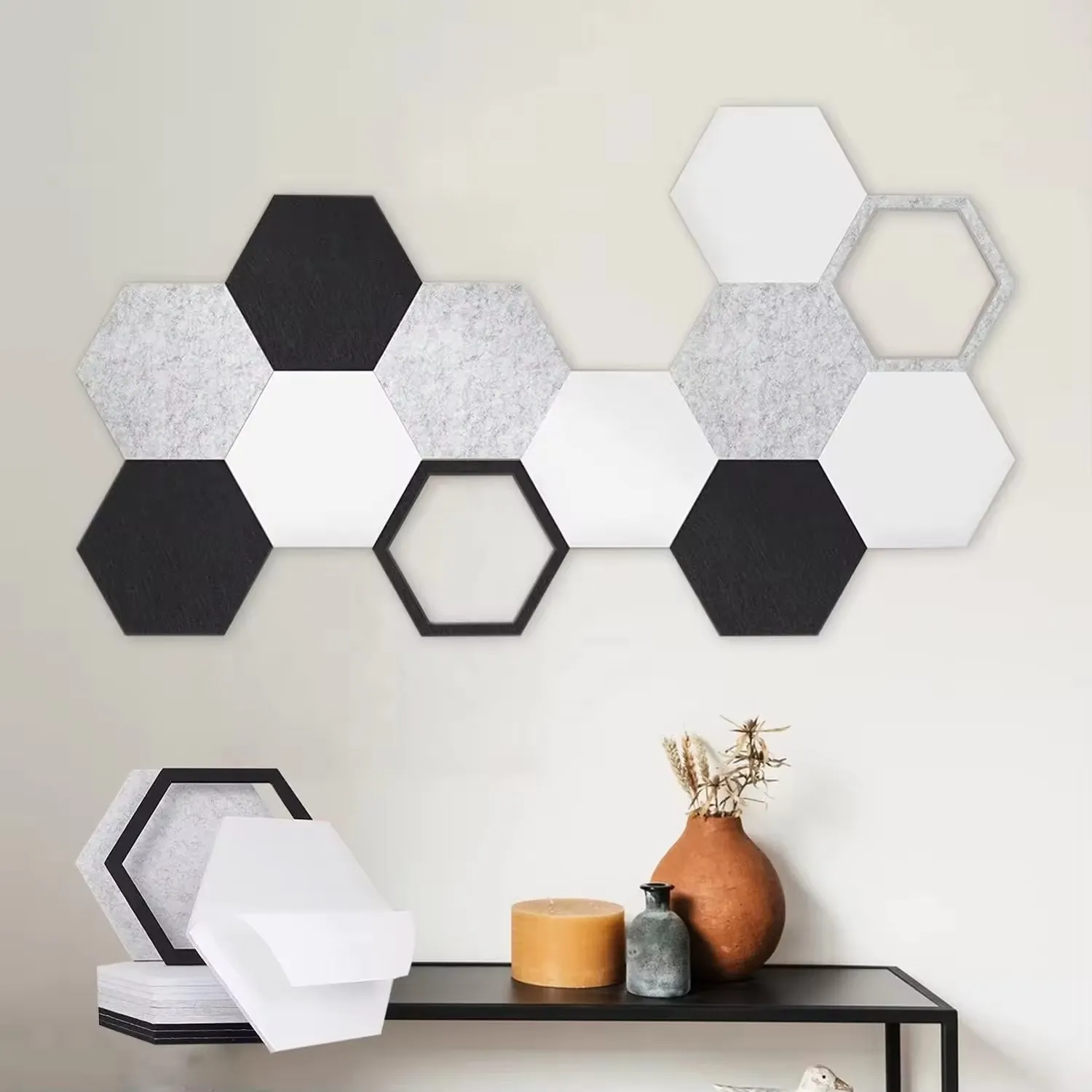The Importance of Room Acoustic Panels in Modern Interior Design
In modern architecture and interior design, acoustics is a vital aspect that is often overlooked during the planning and execution phases. The way sound behaves in a given space can significantly impact its aesthetic appeal and functionality, particularly in areas designed for social interaction, performance, or entertainment. One of the most effective solutions to manage sound within a room is the installation of acoustic panels. This article explores the importance of acoustic panels, their benefits, types, and their role in enhancing acoustic quality in various environments.
Understanding Room Acoustics
Room acoustics refers to how sound interacts with the surfaces within a space. When sound is generated, it travels through the air and interacts with walls, ceilings, and floors, causing reflections, echoes, and reverberations. In spaces such as theaters, recording studios, and offices, excessive sound reflections can result in poor sound quality, making it difficult for occupants to communicate effectively. Acoustic panels are designed to absorb, diffuse, or block sound waves, thereby enhancing the acoustic environment and making it more pleasant for everyone involved.
Benefits of Acoustic Panels
1. Noise Reduction One of the primary functions of acoustic panels is noise reduction. By absorbing sound waves, these panels can minimize the intensity of echoes and background noise. This is particularly beneficial in busy environments like open-plan offices, classrooms, and restaurants, where clear communication is essential.
2. Improved Sound Clarity In venues such as concert halls or recording studios, sound clarity is paramount. Acoustic panels help to manage sound reflections and allow for a more balanced audio experience. This enhancement can significantly elevate the quality of performances and recordings.
3. Enhanced Privacy In spaces where confidentiality is critical, such as medical offices or legal firms, acoustic panels can help ensure that conversations remain private. By reducing the transmission of sound between rooms, they provide a sense of security for both clients and professionals.
4. Aesthetic Appeal Modern acoustic panels come in a variety of designs, colors, and materials, allowing for customization to fit the style of any interior. This fusion of functionality and design not only enhances acoustic quality but also serves as a decorative element in the room.
5. Increased Comfort Excessive noise can lead to stress and discomfort among occupants. By creating a more acoustically comfortable environment, acoustic panels contribute to a better overall experience, promoting relaxation and productivity.
room acoustic panels

Types of Acoustic Panels
There are several types of acoustic panels available, each designed to address specific needs
- Absorptive Panels These panels are made of porous materials that absorb sound waves. They are particularly effective in reducing echoes and reverb in a room.
- Diffusive Panels Unlike absorptive panels, diffusive panels scatter sound waves, helping to spread sound more evenly throughout a space. This is useful in performance venues to enhance the quality of sound distribution.
- Reflective Panels These are designed to redirect sound waves back into the room, making them useful in situations where a more lively acoustic environment is desired.
- Bass Traps Specifically engineered to deal with low-frequency sounds, bass traps are essential in studios and home theaters to prevent booming and muddiness in the sound.
Installation and Placement
The effectiveness of acoustic panels hinges on their proper installation and placement. It’s crucial to assess the specific acoustic needs of a room and strategically position the panels where sound issues are most prevalent. Professional consultation can greatly enhance the effectiveness of the installation, ensuring that the panels are placed to maximize their sound-absorbing or diffusing properties.
Conclusion
In conclusion, room acoustic panels play a critical role in modern interior spaces, influencing both the aesthetic and functional aspects of environments where sound quality matters. Whether in a home, office, or public venue, investing in acoustic panels can yield substantial benefits, including improved sound clarity, noise reduction, enhanced privacy, and overall comfort. As our understanding of acoustics continues to evolve, integrating acoustic panels into design plans will remain a key strategy for creating dynamic, enjoyable spaces that cater to the acoustic needs of their occupants.
